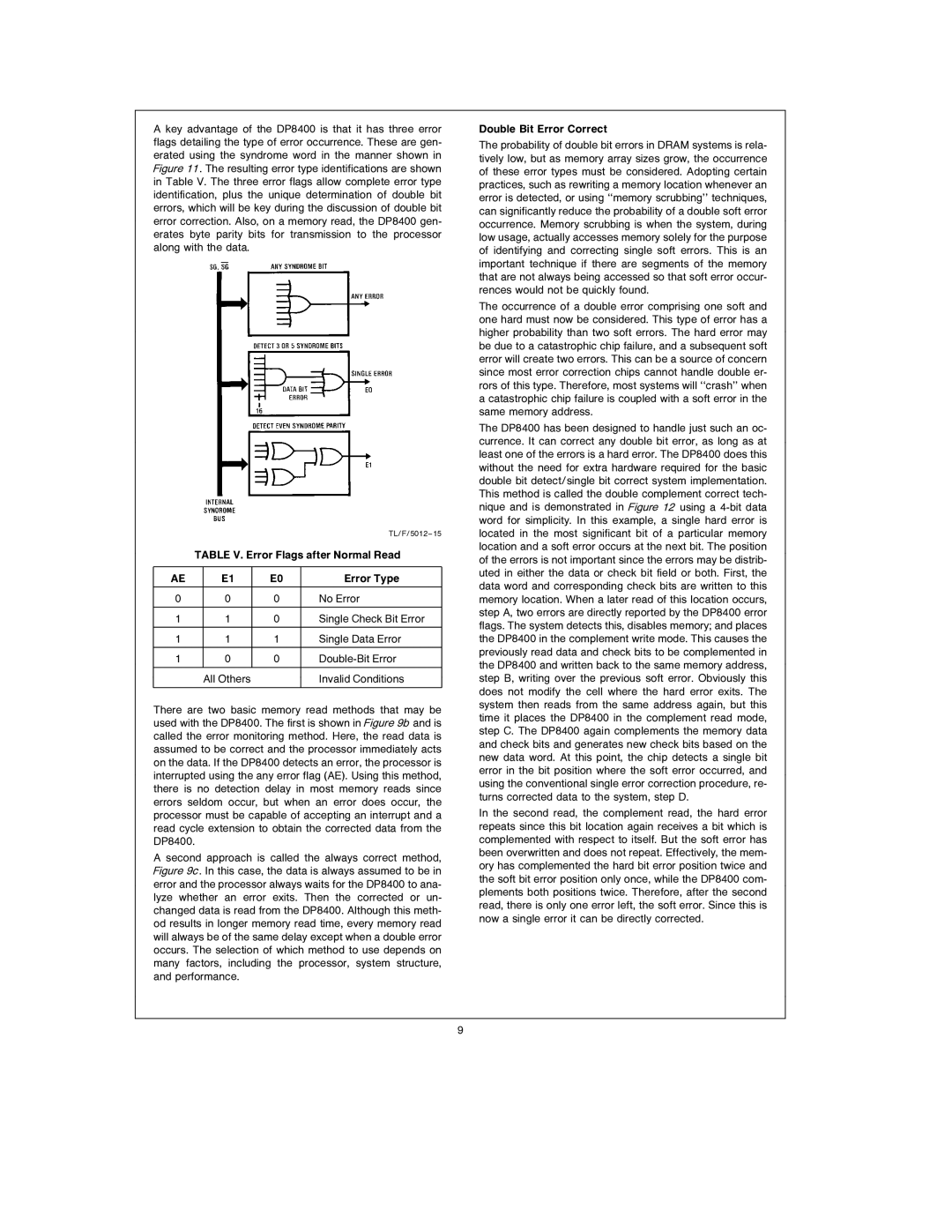DP8400 specifications
The National Instruments DP8400 is a robust and versatile data acquisition and control platform that stands out in the landscape of advanced instrumentation solutions. Designed to meet the demands of both academic and industrial applications, the DP8400 serves as a comprehensive tool for engineers and researchers alike, facilitating data collection, processing, and analysis in real-time.One of the key features of the DP8400 is its high-performance data acquisition capability. It supports a wide range of input types, including analog, digital, and thermocouples, allowing users to connect various sensors and devices easily. With sampling rates of up to 1 MHz and resolutions of up to 24 bits, this instrument ensures precise and reliable data capture across diverse applications.
The DP8400 also integrates advanced signal processing technologies, including built-in filtering, signal conditioning, and data preprocessing capabilities. These features enable users to refine their measurements and extract meaningful insights from raw data, reducing the need for extensive post-processing. This is particularly beneficial in complex experiments where signal noise can interfere with results.
Another notable characteristic of the DP8400 is its versatile connectivity options. Users can connect to the device using USB, Ethernet, or wireless interfaces, facilitating seamless integration into existing laboratory setups or remote monitoring configurations. The device is compatible with various software platforms, including LabVIEW and MATLAB, providing users with familiar environments for programming and data visualization.
The DP8400 also boasts robust data storage capabilities, allowing for high-speed data logging and management. With onboard memory and support for external storage devices, users can capture extensive datasets without loss of performance. This is especially useful in long-duration experiments or when conducting time-series analysis.
In terms of durability, the DP8400 is built to withstand challenging environments, featuring rugged housing and protection against dust and moisture. This makes it suitable for both laboratory and field applications, providing reliability in diverse operating conditions.
Overall, the National Instruments DP8400 represents a powerful solution for data acquisition and analysis, combining high performance, advanced features, and exceptional flexibility. Whether for educational purposes, research projects, or industrial applications, the DP8400 is an essential tool for engineers and scientists looking to streamline their data collection and enhance their analytical capabilities. With its user-friendly interface and extensive support, it empowers users to explore new frontiers in measurement science.

